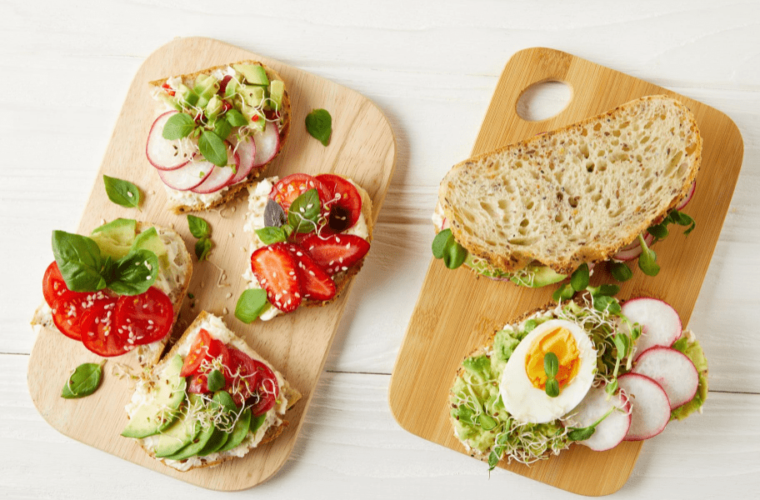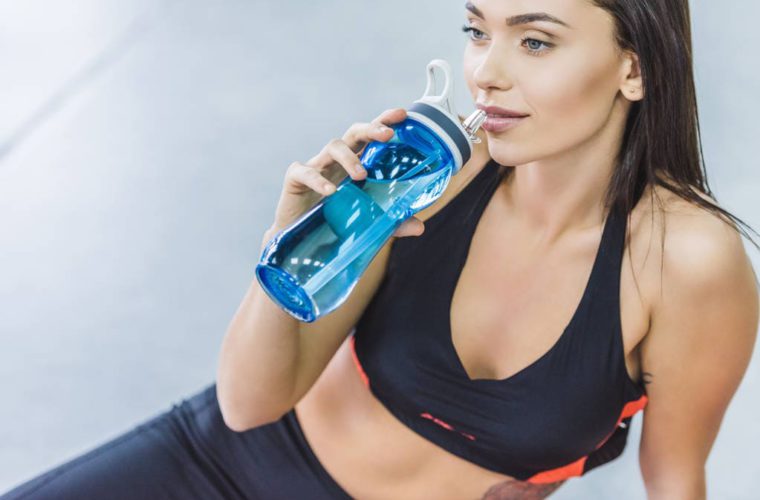- Alcohol calories are nutrient-free, meaning they are “shallow” The body immediately converts this excess energy into fat. The caloric content of alcohol is 7 kcal / ML, and fat — 9 kcal / ML. As you can see, the difference is quite small. And if you consider that during the feast it is difficult to assess the feeling of satiety, then you can easily consume up to 4-5, 000 calories.
- It is important that the effectiveness of training depends more on the recovery process. After all, immediately after stress, meaning, after workout, the body launches all its resources for recovery. Alcohol blocks this stage and prevents muscle formation. It slows down the metabolism, slows down the process of fat oxidation, increases appetite and disrupts sleep phases, which means it disrupts the process of fat burning. Alcohol also dehydrates the body. Therefore, alcohol after training is completely inappropriate.
And if I take a little? We do not recommend drinking alcohol in any amount, but if you do it in small doses, the harm becomes minimal. Let’s compare the caloric content of alcohol:
- dry and semi-dry wine (70-90 kcal)
- brut and semi-sweet sparkling wine (50-80 kcal)
- brandy, vodka, whiskey, cognac, gin, rum have a caloric content of 225-250 calories.
The higher the degree of the drink, the more alcohol and more calories. To reduce the caloric content of the drink, you can dilute it with water or plenty of ice.
We draw the following conclusions:
- A lot of alcohol is always bad
- Alcohol after exercise interferes with recovery
- Alcohol is inappropriate for weight loss
- We take into account the caloric content of snacks and the amount of sugar
In addition: training can solve the task that we set for alcohol, which is to get positive emotions and relieve stress, so after a great workout, alcohol may not be needed at all.
What is your opinion on alcohol?









